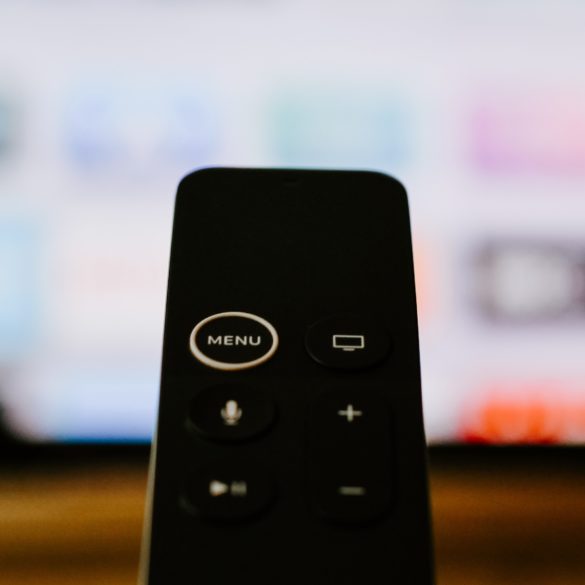Is the technology in our lives too much?
A discussion never took place between my roommates and I on just how many TVs we should have in our living room.
It started months before we moved into Ball State University, when the most important thing on our minds wasn’t how our lives were going to change when we started college, it was which TV was going to be in our tiny dorm room.
Ok, but what if we had TWO TVs?
My response to my roommate’s brilliant suggestion was to clap my hands and hoot and holler like we just had a dramatic scientific breakthrough.
From then on we always had two TVs in our dorm. One could be used for movies, the other for video games. Or perhaps we wanted a double-barreled showing of sports.
Our technological habits generally revolve around the fact that we could do something, such as watching Planet Earth II in 4K while I play a video game where I can play as a goose and honk at people for hours, rather than the sensibility of it. We never wanted to be limited to just one form of entertainment.
Why should we have to choose just one? We live in the digital age, where we try to consume as many things as possible so we don’t miss out, even if our brain can only comprehend one thing at a time.
It turns out my roommates and I aren’t the only ones who have a lot of TVs. The U.S. Energy Information Administration reports 39% of households use three or more TVs in 2015. The average American household has at least two TVs, per the report, which means my house matches that quota in the living room alone.
My living room setup is the polar opposite of presidential candidate’s Pete Buttigieg philosophy of not having a TV in his living room because he doesn’t want his the central room of his home “to revolve around the TV.” Frankly, it seems like my life revolves around television, and increasingly it seems our society, regardless of age, revolves around technology.
Everyone likes to think that tech savvy teens use technology more than any other age group, and undoubtedly different generations utilize technology differently, but usability among age groups depends on the technology. Voicebot.ai reports that those over the age of 60 who own a smart speaker use it more than owners between the ages of 18 and 29.
Something as simple as using a smartphone for navigating around the city is pretty consistent among all age groups, with Statista reporting that all age groups use their phones for navigation at about the same rate.
The most famous way for politicians to campaign is through TVs, of course, and it seems like you can’t watch anything around election season without being bombarded with ads, but in order to effectively reach as many audiences as possible, politicians are changing how they plan their technologically driven campaigns.
The constant change in how technology is created, utilized, and enjoyed is indicative of how constant change is in the industry. Technological trends of just one or two years in the past seem astronomically different than what is used today. It’s truly amazing, but can be overwhelming when looked at on the theoretical scale.
It’s scary to think about just how much we consume technology on a daily basis. I think I’m not the only one who dreads the weekly screen time report that Apple sends out on Sunday morning, which details how long a user spends on their phone and how many times they picked it up per day.
However, if we use technology as a means to communicate, to get work done, and share ideas with one another in a healthy manner, perhaps technology is generally good, even when it brings radical changes to our society at an unprecedented rate.
Sure, there may always be a problem of overconsumption (and constantly having a screen in the general vicinity to access content doesn’t help reduce that level of consumption) but if living in a society that’s always plugged in helps a more educated constituency, promotes the arts, and creates more personalized opportunities to both learn and escape from society for a little while, maybe having two TVs in the living room isn’t so bad.




